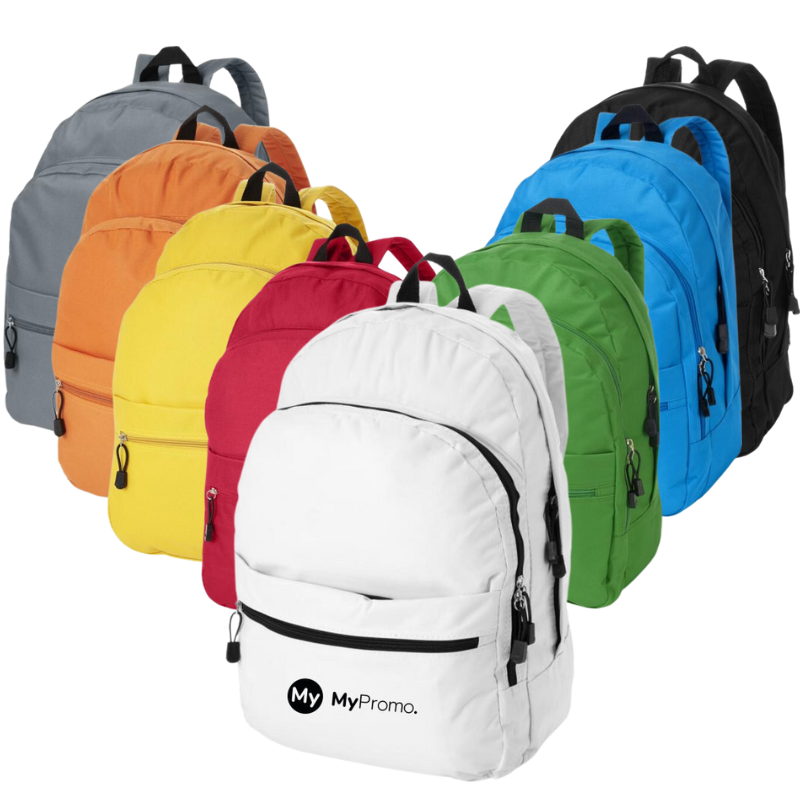3D Embroidery
What is 3D Embroidery?
3D Embroidery is a distinctive printing technique that elevates the art of traditional embroidery to a new level of visual impact. This method involves creating raised designs on fabrics and other materials, making it a popular choice in the printing and promotional gifts industry. The roots of 3D embroidery trace back to traditional embroidery practices, but modern advancements have transformed it into a dynamic tool for branding and personalisation. The basic process starts with the creation of a design, which is then programmed into specialised embroidery machines. These machines use thicker threads or layers of foam under the stitching to create a three-dimensional appearance. The final result is a tactile and visually appealing design that stands out significantly more than flat embroidery.
Essential Tools and Materials for 3D Embroidery
The key to successful 3D embroidery lies in the tools and materials used. Essential items include a high-quality embroidery machine capable of handling layered designs, digitising software for creating precise designs, embroidery hoops to keep the fabric taut, and suitable fabrics that support the weight and structure of 3D stitches. Additionally, specialised threads and backing materials like foam are crucial for achieving the raised effect that characterises 3D embroidery.
Common Applications and Notable Examples
3D Embroidery finds its place in a wide range of promotional products. This technique is ideal for personalised hats, personalised clothing, and even bags, this technique adds a unique touch that enhances brand visibility. Notable examples include sports teams’ merchandise, where logos are often embroidered to stand out, and corporate gifts that feature intricate, raised company logos for an elegant and premium feel.
Advantages of Using 3D Embroidery
One of the main advantages of 3D embroidery is its durability and high-quality appearance. Designs created with this technique are not only visually striking but also built to last, making it ideal for items that undergo frequent use. Additionally, the tactile nature of the raised designs adds a premium touch to any item, enhancing its perceived value and appeal.
Comparison with Other Print Techniques
When compared to other printing techniques like screen printing or digital printing, 3D embroidery offers a distinctly tactile and high-end look that can't be easily replicated. Unlike these methods, which apply ink or dye to the surface of a product, 3D embroidery integrates the design into the fabric, giving it a durable and long-lasting effect. However, it also tends to be more labour-intensive and costly, particularly for complex or large designs.
Potential Challenges and Limitations
Despite its many benefits, 3D embroidery does come with challenges. The technique requires precise setup and skilled operation, which can be time-consuming and costlier than more straightforward methods. Additionally, it is not suitable for all types of designs or fabrics; highly detailed or extremely large designs may not be feasible, and lighter fabrics may not support the weight of the embroidery without distortion. Understanding these limitations is crucial for maximising the technique’s effectiveness in various applications.
| Feature | 3D Embroidery | Flat Embroidery | Cross-Stitch |
|---|---|---|---|
| Visual Impact | High, three-dimensional effect | Flat, more subtle | Textured, pixel-like effect |
| Techniques Required | Requires underlay of foam or multiple stitches | Single layer stitching | Grid-based stitching |
| Best Used For | Logos, branding on promotional items | Detailed designs on flat surfaces | Decorative art, detailed imagery |
| Fabric Suitability | Thick, durable fabrics | Wide range of fabrics | Primarily woven cotton |
| Typical Applications | Caps, bags, jackets | Uniforms, linens | Home décor, framed art |
| Skill Level Required | High, specialised knowledge | Moderate | Low to moderate |
What types of items can Loopper embroider with 3D designs?
Loopper can apply 3D embroidery to a variety of items including apparel such as caps, jackets, and t-shirts, as well as accessories like bags and home décor items. This technique allows for detailed and visually appealing designs that enhance the promotional value of each product.
How does 3D Embroidery enhance our brand's promotional products?
3D Embroidery offers an innovative way to showcase your brand dynamically, making it visible from multiple angles. This method can turn everyday promotional items into standout pieces that capture attention and convey your brand's message with creative and intricate designs.
Is 3D Embroidery more durable than traditional embroidery?
Yes, 3D Embroidery is designed to be as durable as traditional embroidery. Our techniques ensure that designs are securely stitched to withstand regular use and laundering, maintaining their aesthetic appeal over time which is perfect for promotional items that see frequent use.
Can Loopper provide design assistance for 3D Embroidery projects?
Yes, Loopper offers design assistance to ensure your 3D Embroidery projects turn out perfectly. Our team can help refine your existing designs or create new ones from scratch to meet your promotional needs and maximise the impact of your branded merchandise.
How can I ensure the best possible outcome for my 3D Embroidery project?
To ensure the best possible outcome for your 3D Embroidery project, we recommend starting with a high-quality design and clear communication about your vision. Our experts are here to guide you through the process, from selecting the right materials to advising on the most effective placement and scale of your design. For complex projects, we also suggest ordering a sample to verify the design and execution before full production begins.











